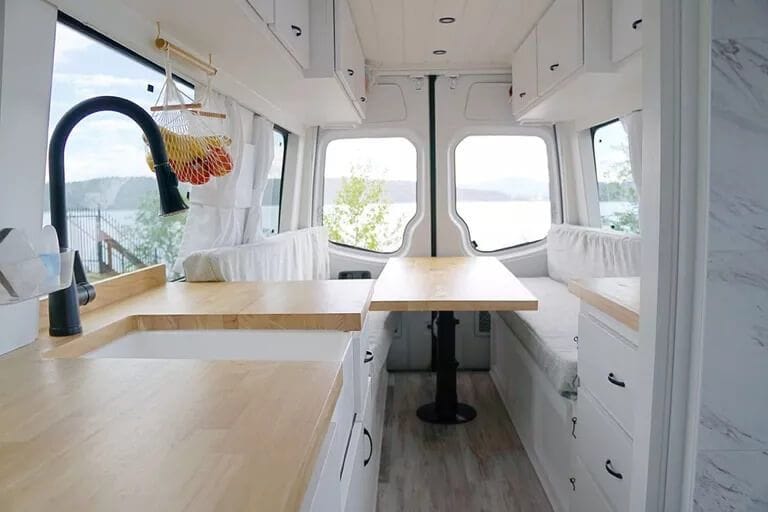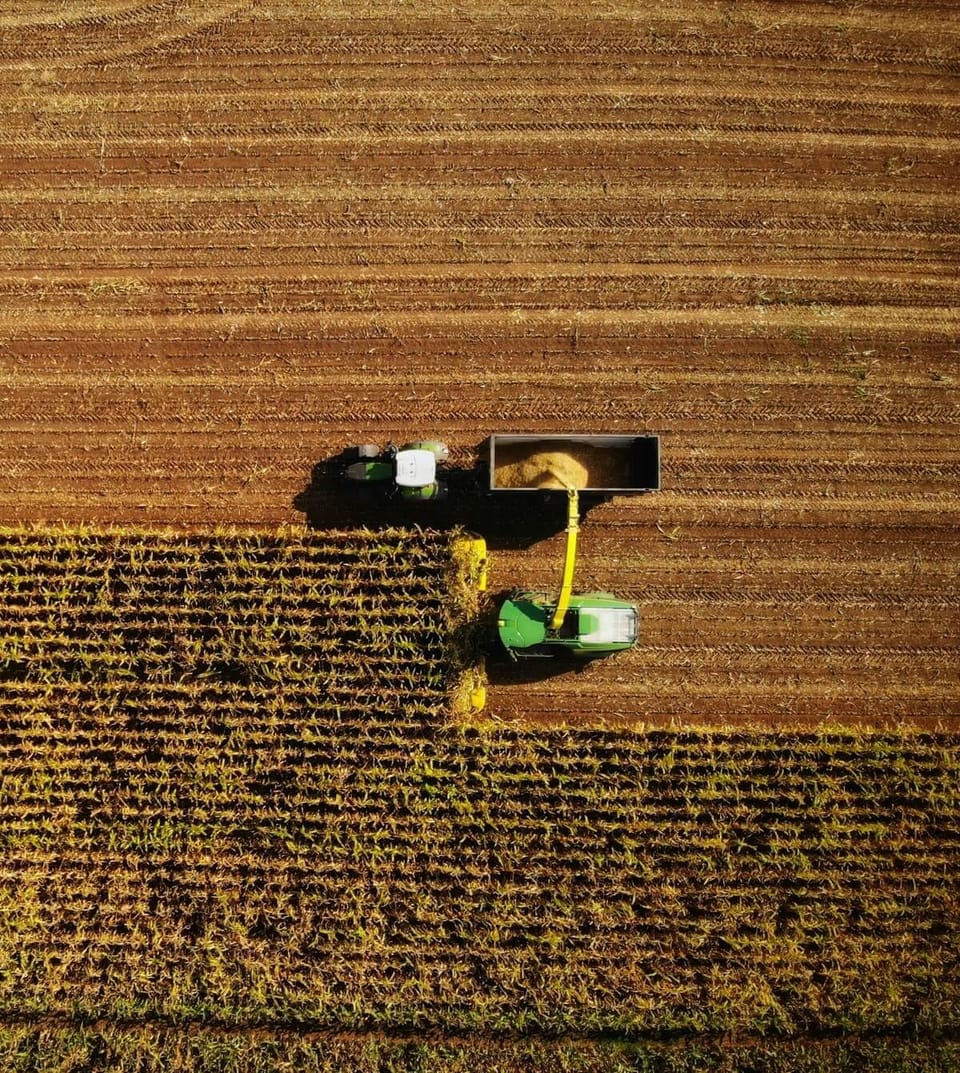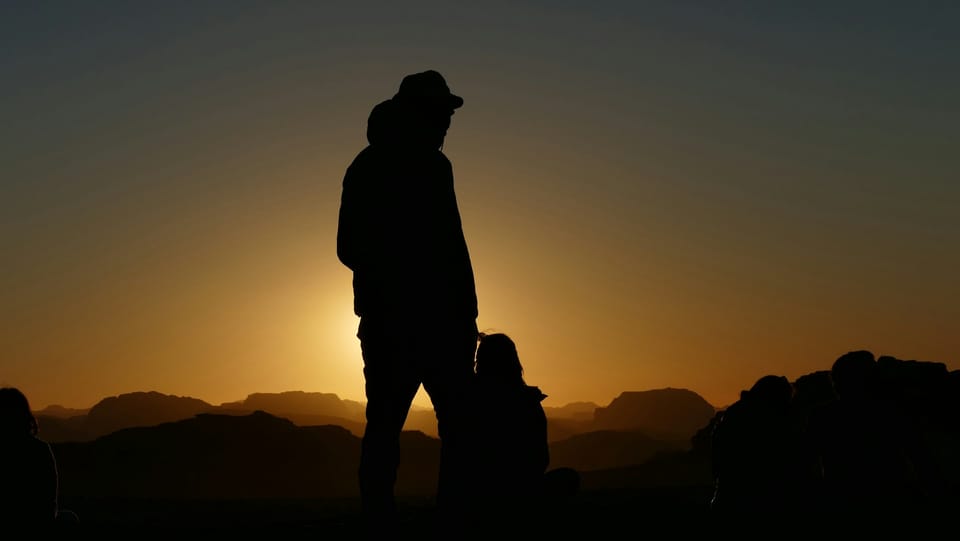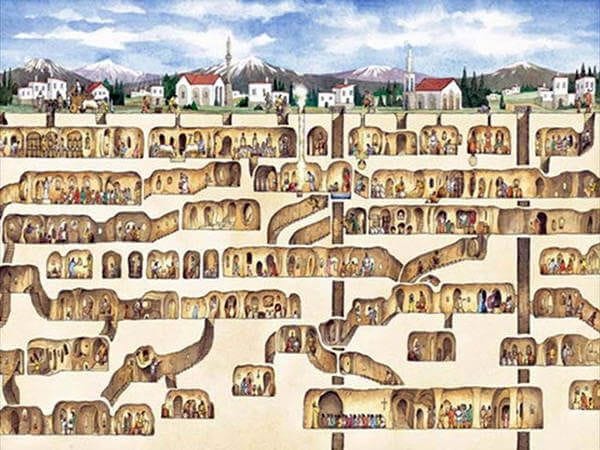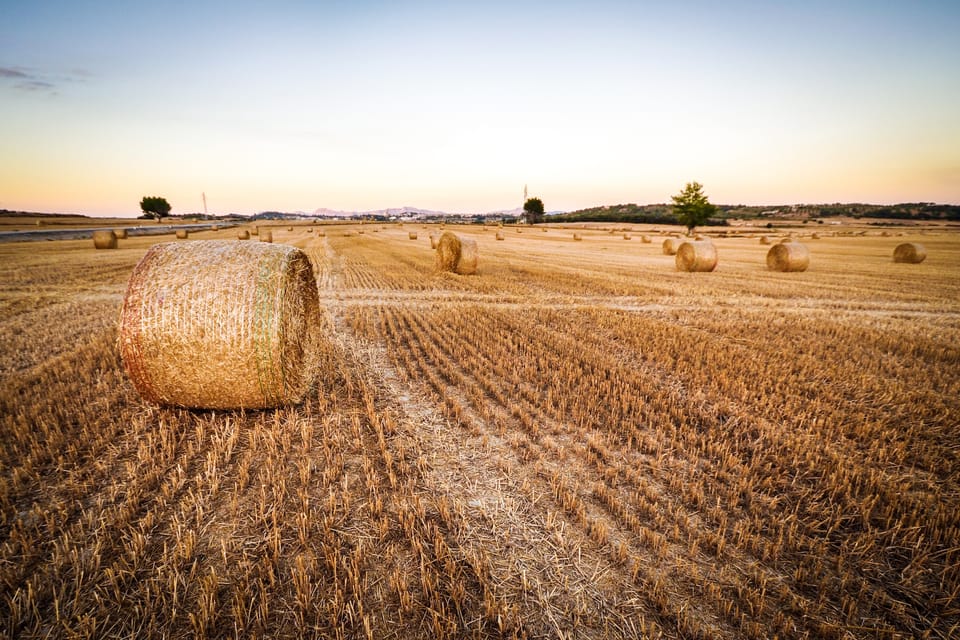The Strange Volcanic Vineyards of Lanzarote
In the harsh volcanic terrain of Lanzarote, wine thrives against all odds. These surreal vineyards—carved into ash and rock—are a testament to human ingenuity and nature’s resilience.
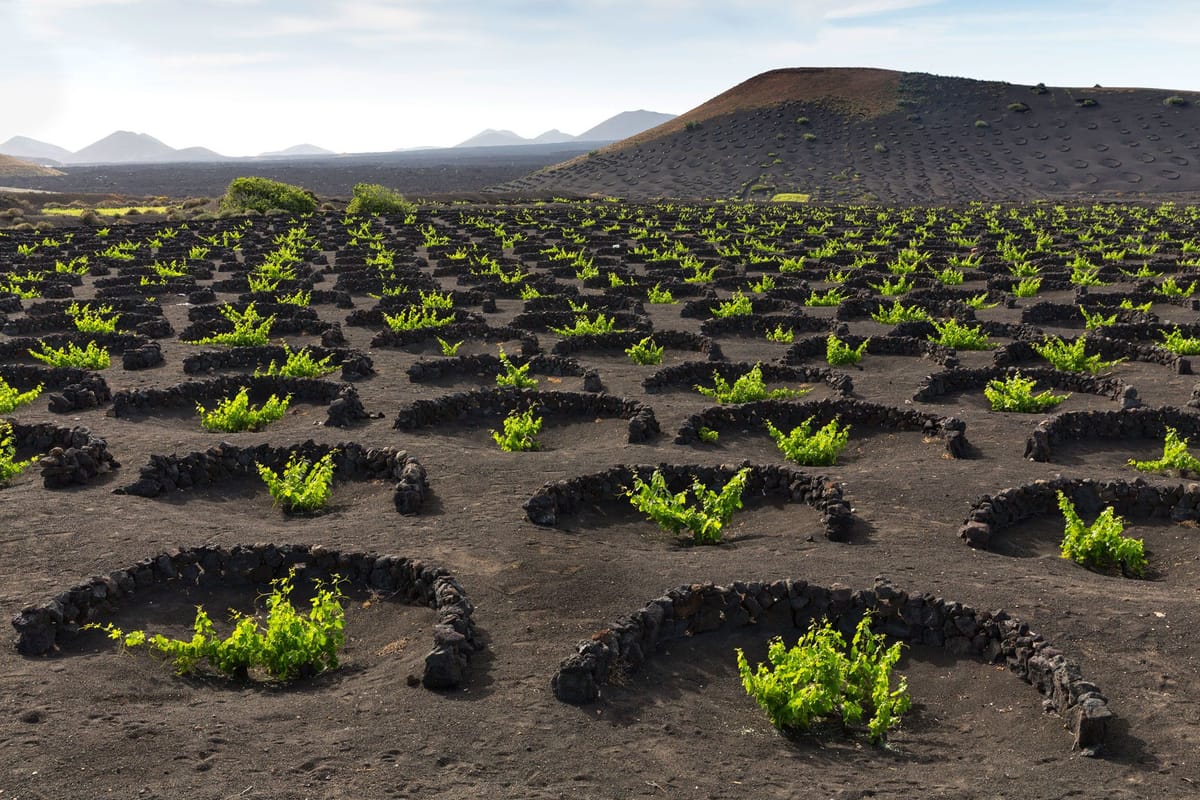
Wine tourists are looking for a certain kind of experience. The perfect winery holiday generally includes tastings in centuries-old cellars, hiking along hillsides covered with just-ripe grapes and watching the sun set over scenic rural valleys.
Dream winery destinations like Bordeaux, Tuscany, the Loire Valley and Napa cater to those seeking the ideal vineyard adventure. But not all vineyard destinations tread the same path. In fact, one of the world's most remote grape-growing regions features scenery and flavors that are completely different from any other wine area on Earth.
Lanzarote
This unusual wine region is in Spain, but nowhere near the mainland, which is known for its high-quality, low-price table wines. Lanzarote, the most far-flung of the Canary Islands, is the birthplace of a number of prized artisan wines. The most noticeable feature about this windswept isle not far from West Africa is its landscape, which is unlike anything else in the world.
Lanzarote boasts extremely unusual vistas. Thanks to its volcanic history, most of the island has treeless, moonlike landscapes with different colored soils, craters, bizarre rock formations and gently sloping mountains. The greenery you might expect to find at this tropical latitude is almost completely absent from most of Lanzarote. However, in some inland areas, grape vines peek out of the grey-black volcanic soil.
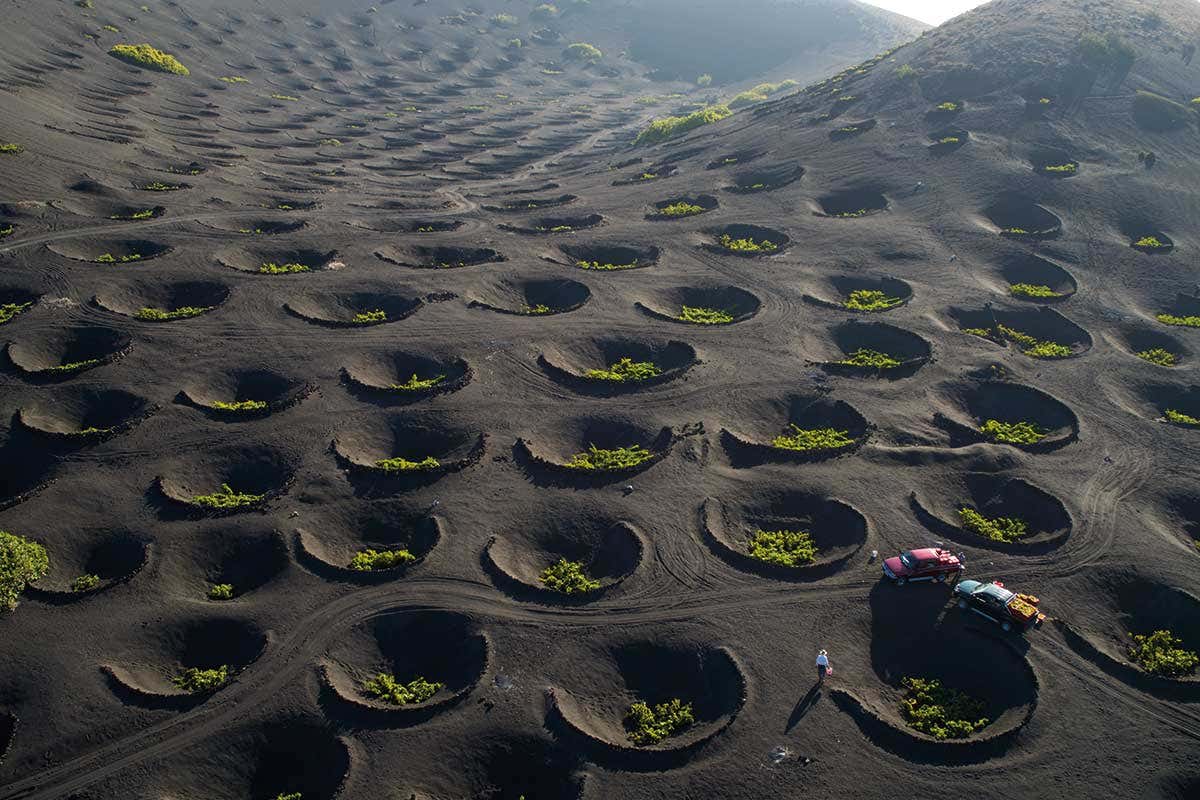
In the 18th century, Lanzarote was a lush island with a thriving agriculture industry. However, the volcanic peaks that towered over farm fields exploded in the 1730s. A series of violent eruptions left thick layers of ash and volcanic pebbles on the ground. The farming communities of Lanzarote saw this as a complete disaster — at first.
They soon found that the new layer of nutrient-rich volcanic soil was ideal for farming certain types of crops. Its spongy consistency allowed it to absorb water quickly and retain moisture for long periods of time. The ash also acted as a kind of insulator, keeping the soil temperature consistent even if the air temperature fluctuated.
For the most part, post-eruption Lanzarote has become an ideal a wine-growing region.
Grapes thrive in the ashy soil, and the island's relatively high slopes offer ideal elevation for the vines. The cool breezes from the Atlantic and the warm temperatures from the African mainland give the vineyards the kind of warm-to-cool variation that grapes need. Days are warm and almost always sunny; nights are very cool. The difference in temperature, known in the viticulture world as the diurnal temperature variation, is important for grapes to develop both the right amount of acidity (from cool nights) and sweetness (from warm and sunny days).
Protecting Young Plants
But Lanzarote's vine-tenders must deal with one major problem. Consistent winds blow in off the Atlantic. The conditions are ideal for wind and kite surfers, but the stiff breezes can wreak havoc on young vines, pushing them over or uprooting them completely.
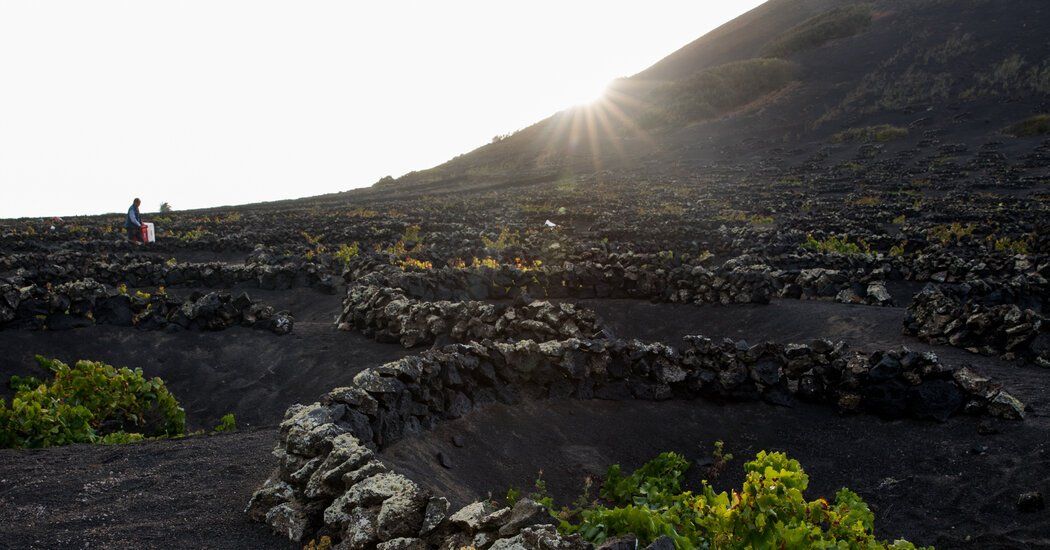
Over the years, local farmers have perfected an almost foolproof method for protecting the grapes. The young plant is put in the ground after the farmer scrapes out a wide, shallow hole in the volcanic soil. The young vine is placed into this human-made depression. Then, larger volcanic stones are balanced around the wind-facing edge of the hole, creating a low, semicircular barrier. The height of the makeshift wall and the depth of the hole are important. The young vine still has to be able to soak in the sunshine without being hampered by shadows, and the hole has to be shallow enough that the plant is still getting nutrients and trapped water from the volcanic soil.
Each Lanzarote vineyard has thousands of these holes and walls, each holding a single vine.
Lanzarote's main wine-growing region is called La Geria. Almost all the wineries built on the hillsides here bottle their own product (as opposed to selling grapes or outsourcing production to other places). This results in a collection of artisan wines that are served and sold in bodegas run by the vintners themselves. You can find Lanzarote's wines on the other Canary Islands, in mainland Spain, and occasionally in the U.S. and the rest of Europe.


